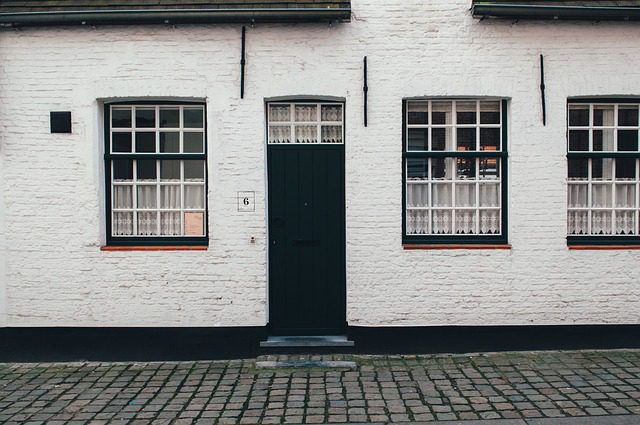Saving Up For A Rental Deposit (4 Video Links)
At the start of any tenancies, you will be requested to pay a deposit, sometimes a month and a month in advance. This can stack up pretty quickly, and if you aren’t there just yet but are working on putting your deposit together, here are a couple of ways to reach your goals.
Contents
Try to Negotiate
Most landlords make their own prices and will decide what they accept; most people see the price and accept that at face value. You can opt to negotiate, though. If the property doesn’t have many applicants, you have more leverage.
Ask if it is possible to pay more each month for the first few months so that an extra month is paid in.
Subscribe to Accounting Accidentally on Substack. Get links to new content on accounting, personal finance, and humor/ short story topics.
Look Into Borrowing
Perhaps you have friends or family who can help you with your deposit. Only borrow what you need from them and no more, though. Create an agreement so that you have regular repayments to them. Although most people are fine when they lend money, for others, it can strain friendships or relationships.
An alternative to borrowing money from friends or family is getting a loan for a rental property.
Ensure that you only take comfortable terms for your long-term financial plans and that the repayments will not put you into financial issues.
Take on a Side Job
Many people call this a side hustle, but you might find your side hustle takes as long as a regular job does each week.
Take a look at how much time you have to spare and your skill set. Look for opportunities online to use your skills to make extra money. Everything you make from your side hustle should be put into a pot and go towards your deposit, no matter how much you want to treat yourself.
Access Automated Savings
If you need to move money from one account to another and find yourself skipping, it might be time to use automated savings. Automate savings will use its algorithm to determine what you can save each week or month without skimping on bills and other regular payments.
You don’t have to think about saving – it can be done for you. It is always a good idea to break down the total you need too. For example, to get to almost $10,000 in three years, you need to save $265 a month. If you need to save less, like $150, you’ll reach $10,000 in 5 years instead.
Adjust your goals and automated savings to make your lifestyle.
Reduce Your Expenses
Reductions can be difficult if you only buy the bare minimum. If you have the ability to reduce your outgoings even further, this can help to increase how much you can save on a weekly or monthly basis.
There are a couple of basics that can help you save, and one of them is recognizing the signs that perhaps you aren’t very good with money. Even knowing that you aren’t great with money can help you change your relationship with money in the future: Signs You’re Bad At Saving Money.
Ken Boyd
Author: Cost Accounting for Dummies, Accounting All-In-One for Dummies, The CPA Exam for Dummies and 1,001 Accounting Questions for Dummies
(amazon author page) amazon.com/author/kenboyd
(email) ken@stltest.net
(website and blog) https://www.accountingaccidentally.com/

